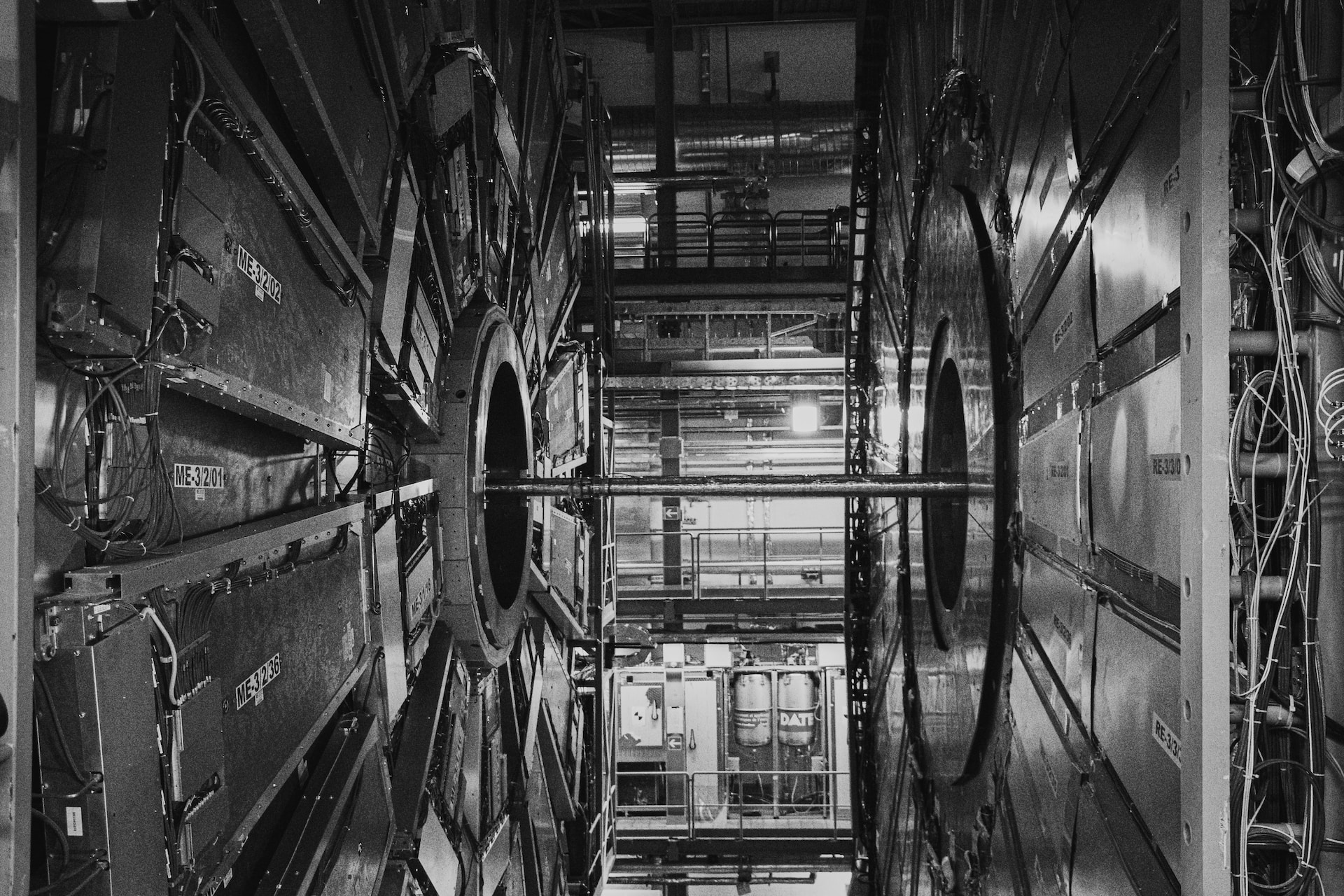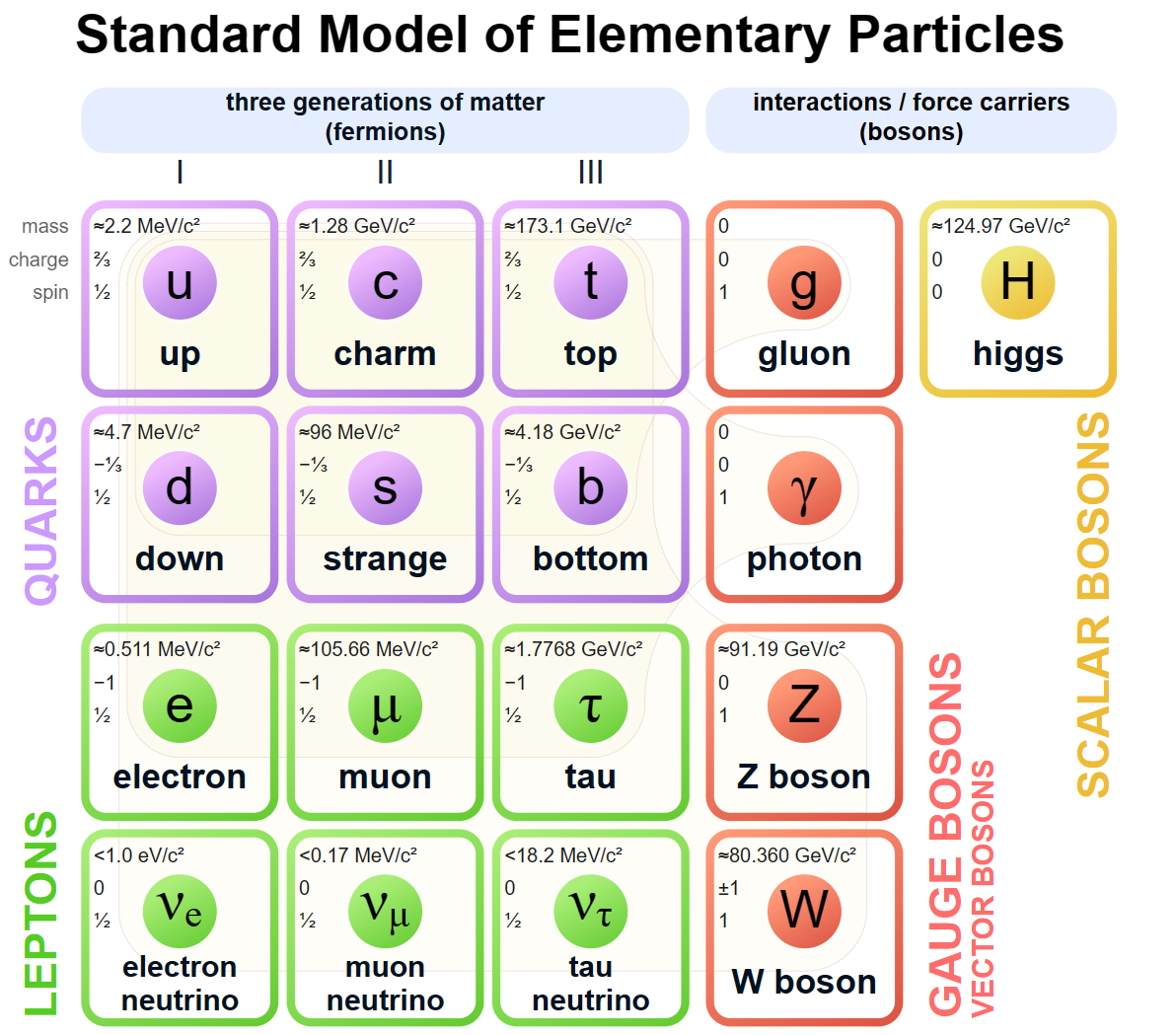
Quantum basics
Today marks the restart of publishing at Digiecon Digest Services. We are resuming activities on a low-key mode, focusing on building conceptual background knowledge. This knowledge will later be referenced in mainstream articles that provide more detailed information, without becoming too technical for non-technical readers.
In this new cycle, our focus will be on Quantum Technologies, AI, 6G, and Web 3.0. Our first installment will cover the basics of quantum.
What is quantum?
There are several definitions of quantum in dictionaries. The Oxford English Dictionary defines it as follows:
“A discrete quantity of electromagnetic energy proportional in magnitude to the frequency of the radiation it represents, such that energy of that frequency may only be transmitted in multiples of the quantity.”
For non-physicists, the useful information from this definition is that quantum refers to something with a discrete property, existing in multiples of a certain amount rather than being continuous.
So, what exactly is this “something”?
That “something” refers to subatomic particles, all of which exhibit quantum properties. The table below, copied from Wikipedia, shows the standard model of elementary particles.

For now, we won’t delve deeper into the standard model. The important information is that electrons and photons belong to the set of particles with quantum characteristics. These particles are widely used in quantum-based technology.
Apart from discrete multiples of energy, what other characteristics do particles with quantum properties exhibit?
There are quite a few characteristics observed in such particles, and the list is growing. However, for the purpose of this article, let’s highlight three phenomena that are key enablers for Quantum Technologies.
- Nonlocality: Think of cause-effect relationships. In the macroscopic world, a change in state is always caused locally. The change may have been commanded remotely, but there is a time lag for the transmission of the command to a local agent that will cause the desired effect. Following Einstein’s relativistic theory, the time lag can’t be shorter than the distance divided by the speed of light. However, in quantum particles, the cause for the change in state does not need to be local (in close proximity to where the effect is expected), and there is no time lag involved.
- Entanglement: It is possible to pair up particles so that their properties, such as spin, remain connected regardless of the distance between them. The individual quantum states of each particle are indefinite until measured, and the act of measuring one determines the result of measuring the other, even when they are at a distance from each other.
- Superposition: In the macroscopic world, an object is always in a single state, such as moving in a certain direction. There are well-defined laws that allow us to determine a future or past state in a time continuum, as long as the required variables are known. However, subatomic particles exhibiting quantum properties have unknown states until measured. Moreover, there is also a superposition of different states. For instance, a particle may simultaneously have the state of spinning clockwise and anti-clockwise. The act of measuring causes the superposition to collapse to a single observable state.
The definitions and explanations provided above are oversimplified and aimed at those who are not familiar with physics. Although some aspects described may be puzzling (and even remain puzzling for experts), these are the minimum building blocks required to progress in the analysis of Quantum Technologies.